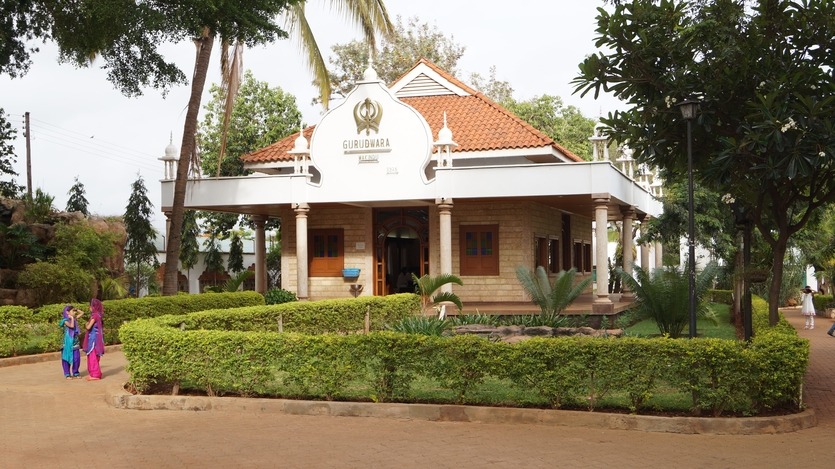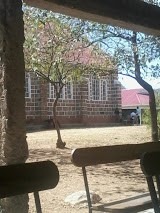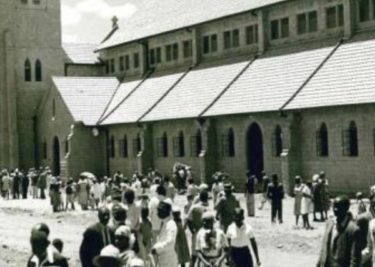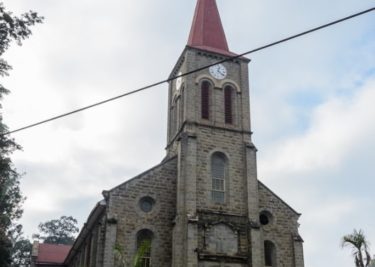The Makindu Temple, Makindu

The Makindu Temple has been a beacon for Sikhs and people from all walks of life since 1926.
On the way to and from Mombasa, observant motorists and passengers will spot a modern, alluring structure within the otherwise dull Makindu area. This complex is the Makindu Temple, in modern-day Makueni County. It continues to serve as a perfect sojourn for those in need of a quick rest before resuming their journey.
If we’re to take you back in time, we’d begin with the story of the Sikhs that first arrived at the Kilindini Harbour in Mombasa in 1898. These groups arrived in dhows, having sailed for three months from India, Punjab and Goa; recruited by the British colonial government to construct a railroad from Mombasa to Kisumu . On arrival, one plan was clear to the Sikhs, their faith and religious values had to be adhered to. With that, the first gurdwara in Africa was built in Makupa. It was a temporary structure that was soon abandoned and forgotten once construction began.
As the distance from the coast lengthened, there came need for a service post and a stopover. The designated site was Makindu, a quiet area that soon began to grow with more people settling at the post. For the Sikh faithful, it only made sense — yet again — to erect a temple for their members to convene. Land was acquired from the British, and a tin structure was put up as the acting gurdwara for both the Sikh faithful and the greater community that needed a place for meditation and relaxation. But with the continuation of the railroad, this temple was abandoned as well. However, unlike the one in Makupa, it was not forgotten.
By 1926, the railroad was complete and Sikh families had lived in Kenya for generations. Most settled within the major towns that had sprouted as a result of the railway, including Makindu. Plans to make the tin shack permanent were set and the construction of a temple commenced. That year, The Makindu Temple a.k.a Gurdwara Makindu Sahib, ‘Harimandir Sahib of Africa’, became a fully-fledged structure.
By the fifties, this was the heart of Makindu, earning a name for itself as the ideal stopover for railway travellers. The rise of its popularity is primarily as a result of the communism within the temple and its exemplary treatment of all visitors.
With time, this historic place of worship has become one of Kenya’s most outstanding sites, now offering accommodation to more travellers. The temple has approximately 200 rooms and remains steady, thanks to donations from around the world.
Have you been to the Makindu Temple? Tell us about your experience in the comments below.
Read more stories from this series on #KeHistoryOfFaith or catch up with our third installment on The Nairobi Synagogue.



